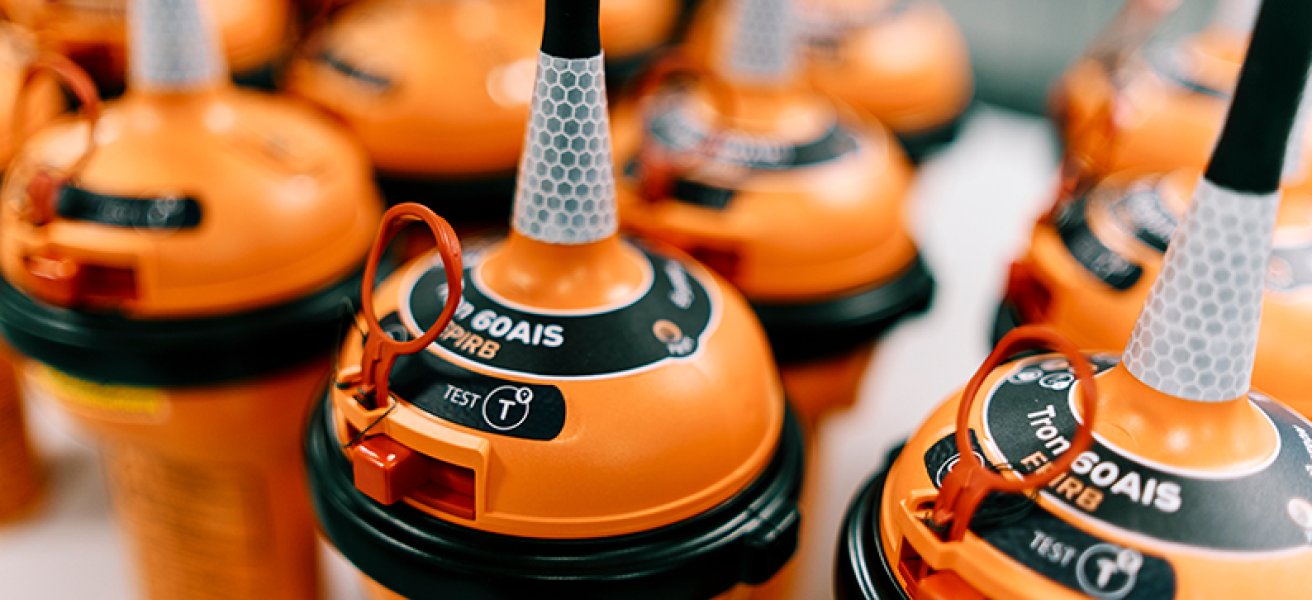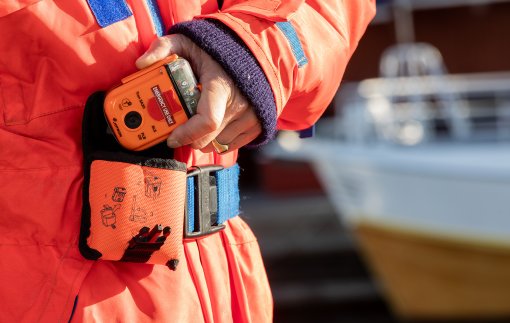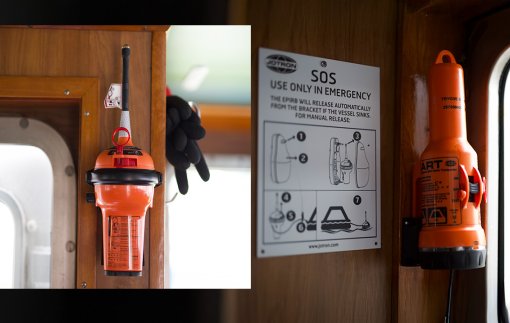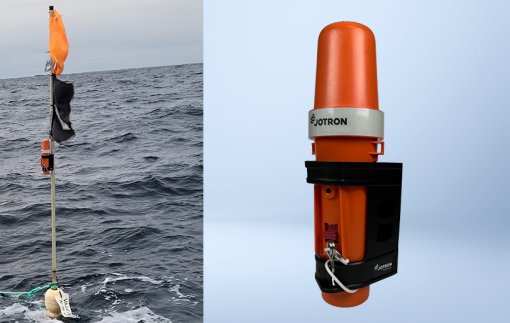How to test an Emergency Position Indicating Radio Beacon EPIRB
Testing an Emergency Position Indicating Radio Beacon (EPIRB) is essential to ensure it functions correctly in an emergency. Note that EPIRB tests can differ by type and manufacturer. To prevent false alarms and undue distress to emergency responders, it is important to conduct tests responsibly and adhere to guidelines.

Key considerations for an EPIRB test
Study the manual
First and foremost, familiarize yourself with the specific instructions for testing your EPIRB. The manufacturer’s manual will provide detailed guidance on how to perform a test safely and effectively.
Self-test functions
Many modern EPIRBs feature a self-test function that evaluates internal circuits, battery voltage, Automatic Identification System (AIS), and Global Positioning System (GPS) functionality (if available). Follow the steps outlined in the manual to activate the self-test mode. If the EPIRB accidentally begins transmitting emergency signals, you MUST contact your local Search and Rescue (SAR) immediately.
Battery replacement
EPIRB batteries typically have a lifespan of 5 to 10 years. Check the battery's expiry date. Replace it as recommended by the manufacturer to ensure reliable operation.
Documentation
Keep a record of all tests performed, including dates, results and any observations. This documentation can be valuable for regulatory compliance and for your personal records.
Regulatory compliance
EPIRBs installed onboard due to mandatory requirements and in accordance with the International Maritim Organisation (IMO), the International Convention for the Safety of Life at Sea (SOLAS) and the Global Maritime Distress and Safety System (GMDSS), must meet annual EPIRB service according to IMO MSC.1040 Rev.2, and 5 years shore-based maintenance regulation according to IMO MSC 1039 Rev.1.
Professional service
Any EPIRB subject to regulatory maintenance requirements must be serviced by an authorized service centre or technician. They can conduct thorough checks to ensure the device meets all applicable standards. Servicing according to either MSC.1040 Rev.2 and/or MSC.1039 Rev.1 will generate a certification that must be stored onboard the vessel.




